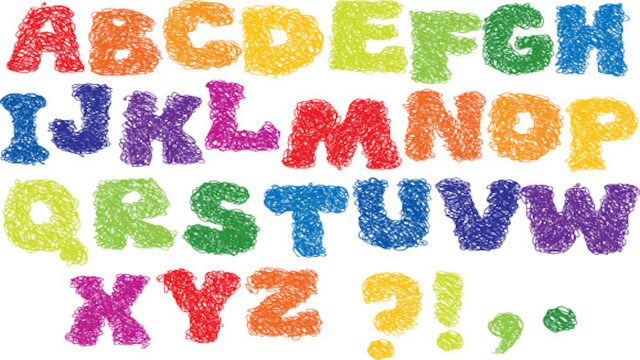Humans Really Have Seven Senses (Don’t Forget Proprioception and Vestibular Sensation)

The way we understand the world is mediated by our five senses: touch, taste, sound, smell, and sight. Right? Well it turns out that humans have more than fives senses, if by sense you mean way of knowing about the physical world. Here are two additional senses that don’t easily fit into the customary five:
Proprioception. If you close your eyes and touch your finger to your nose, for example, you have a good sense for where your body parts are even though you can’t see them. And we don’t seem to feel where our nose is in the same way we feel something by touching it with our hand. Proprioception “is possible thanks to receptors in our muscles known as spindles, which tell the brain about the current length and stretch of the muscles.”
Vestibular Sensation. If someone spins you around or tilts your body forward, you can sense yourself moving through space even though you have no sensation of the external world moving around you. This is the same system that tells us we are accelerating and is also connected to our eyes. If you move your head around, you’ll notice your ability to read isn’t much impaired.
As Columbia University biologist Dr. Stuart Firestein explains, our olfactory sense is both the most sophisticated and most primitive way we have of detecting the world around us. Olfactory cells have an unmatched ability to detect chemical compounds called odors, of which there are tens of thousands for us to identify:
Read more at BBC Future
Photo credit: Shutterstock





